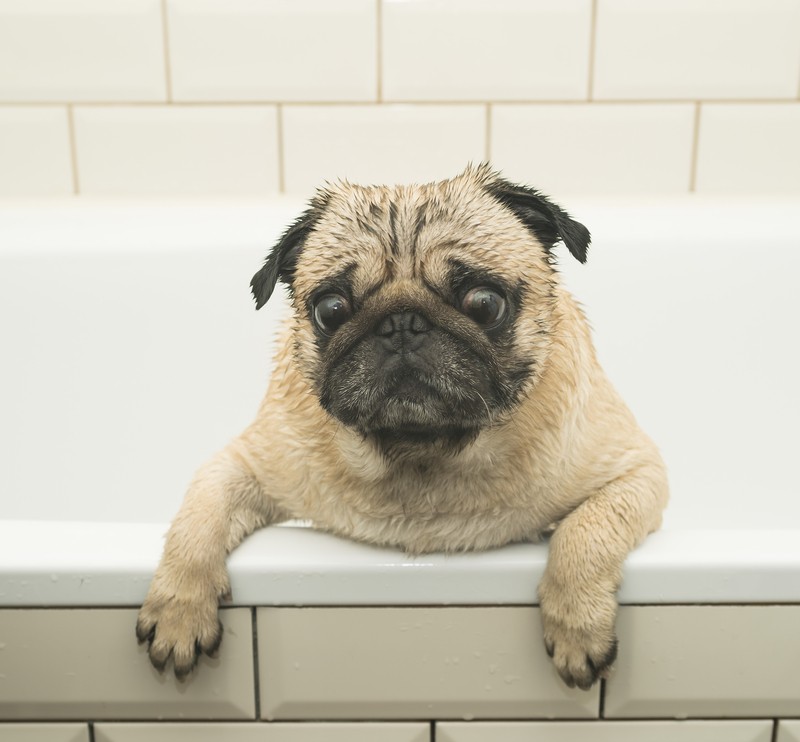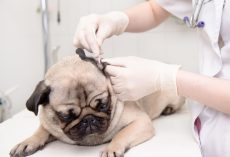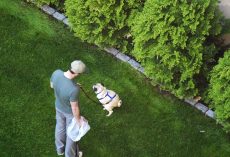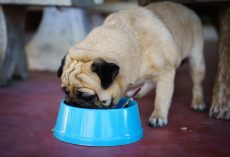Do you have a puppy who's not used to the bathing process yet? ASPCA suggests she may need some distractions while you're bathing her to prevent her from nipping at you, such as a floating doggy toy or another person to help you out. Puppies will take some time to get used to bath time, so be patient and loving so that she'll associate bathing with being a fun time.
After your pup is done being bathed, gather her up in a towel and help her dry off. Afterwards, she'll likely go crazy by running around frantically and trying to dry herself off! Have fun with your doggy when it's time to bathe her!
Bathing Your Dog
The ASPCA recommends bathing your dog at least once every three months, but some may require more frequent baths if he or she spends a lot of time outdoors or has skin problems. Here are some steps to help you get started.
First, give your pet a good brushing to remove all dead hair and mats, and then put him or her in a tub or sink that's been filled with about three to four inches of lukewarm water.
Then, use a spray hose, large plastic pitcher or an unbreakable cup to completely wet your pet.
Take care to not spray or pour water directly in his ears, eyes or nose.
Gently massage in shampoo, working from head to tail, and rinse and repeat as needed.
Dry him or her thoroughly by giving your pet a good rub with a large towel. Voila, clean pet!
Dogs with loose facial skin or wrinkles—such as Shar Peis and Pugs—will need special attention. To prevent dirt and bacteria from causing irritation and infection, clean the folds with damp cotton. Always thoroughly dry the areas between the folds.
Bathing a Puppy
Some pups think that bath time is a perfect time to act goofy! Young puppies especially will wiggle and bounce all over the place, and tend to nip at bath time. If this sounds like your pet, put a floating toy in the tub with her so she can focus on that rather than on mouthing you.Choosing a Shampoo
Using a shampoo formulated for pets is best. Human shampoos aren't toxic to pets, but some may contain fragrances or other substances that can irritate your pet's skin. Select a product that's specifically formulated for your species of animal, as some ingredients may be harmful when applied to different types of pets. It's always smart to talk with your pet's veterinarian to make sure you're selecting a shampoo that will meet your pet's needs.Protecting Your Dog’s Eyes and Ears During Bath Time
Since shampoos and soaps can be major irritants, ask your vet for a sterile eye lubricant to use during bathing—this will help protect your pet's eyes from shampoo. You can also use a sprayer or a showerhead with a long hose, allowing you to control water flow during rinsing. Avoid shampooing your pet's head altogether by simply using a wet washcloth to gently remove any dirt or debris from his or her face.Protect your pet's ears, too, by placing a large cotton ball in each ear until the bath is over.









